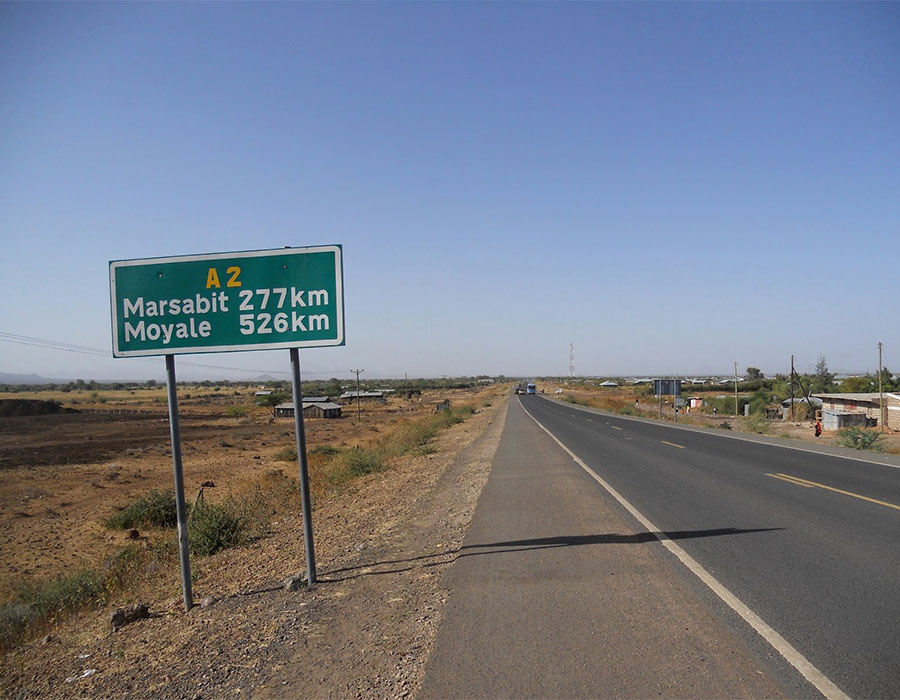Most of the county constitutes an extensive plain lying between 300m and 900m above sea level, sloping gently towards the southeast.
The plain is bordered to the west and north by hills and mountain ranges and is broken by volcanic cones and calderas. The most notable topographical features of the county are Ol Donyo Ranges (2,066m above sea level) in the southwest, Mt. Marsabit (1,865m above sea level) in the central part of the county, Hurri Hills (1,685m above sea level) in the northeastern part of the county, Mt. Kulal (2,235m above sea level) in the northwest and the mountains around Sololo-Moyale escarpment (up to 1,400m above sea level) in the northeast.

